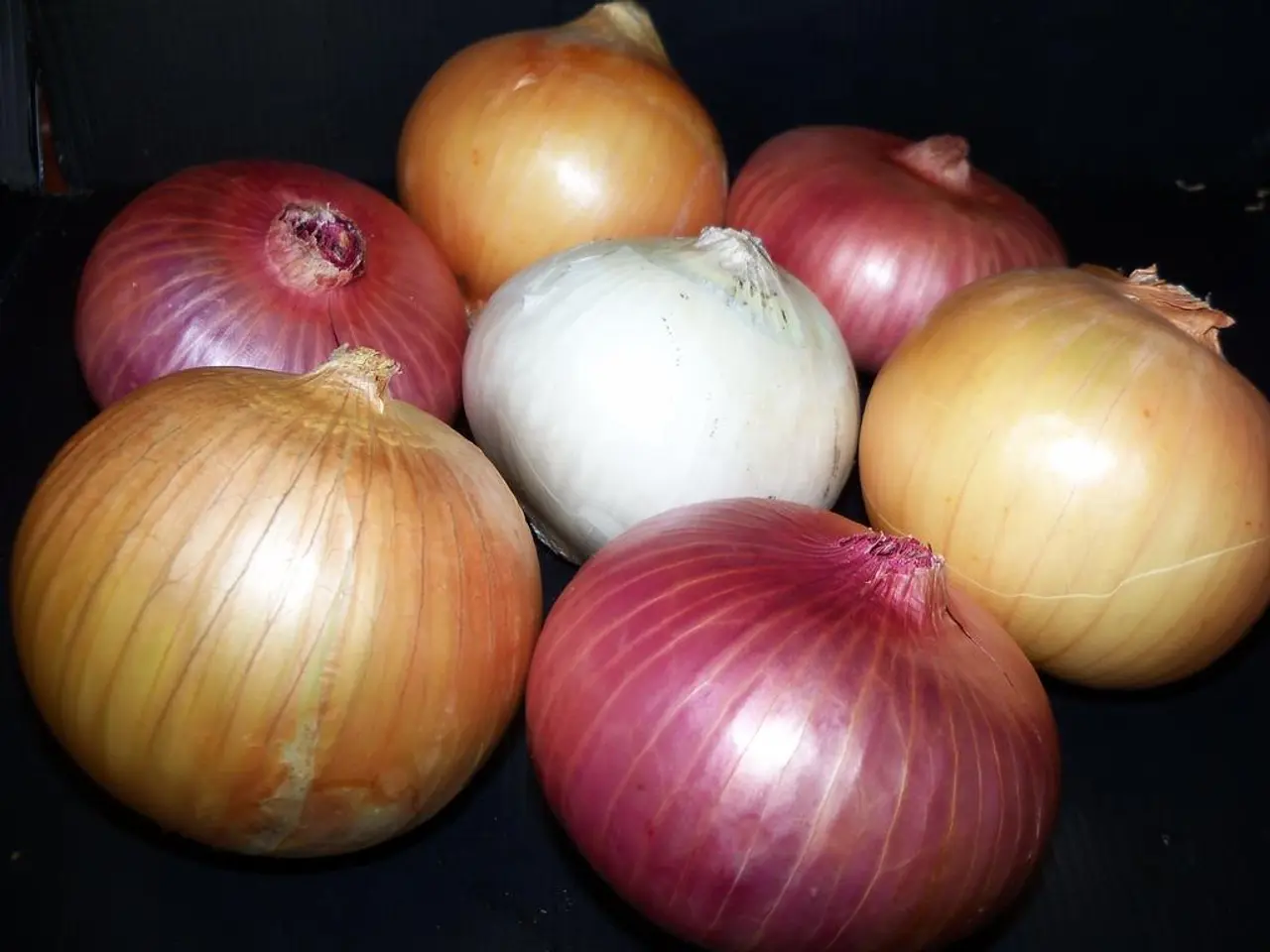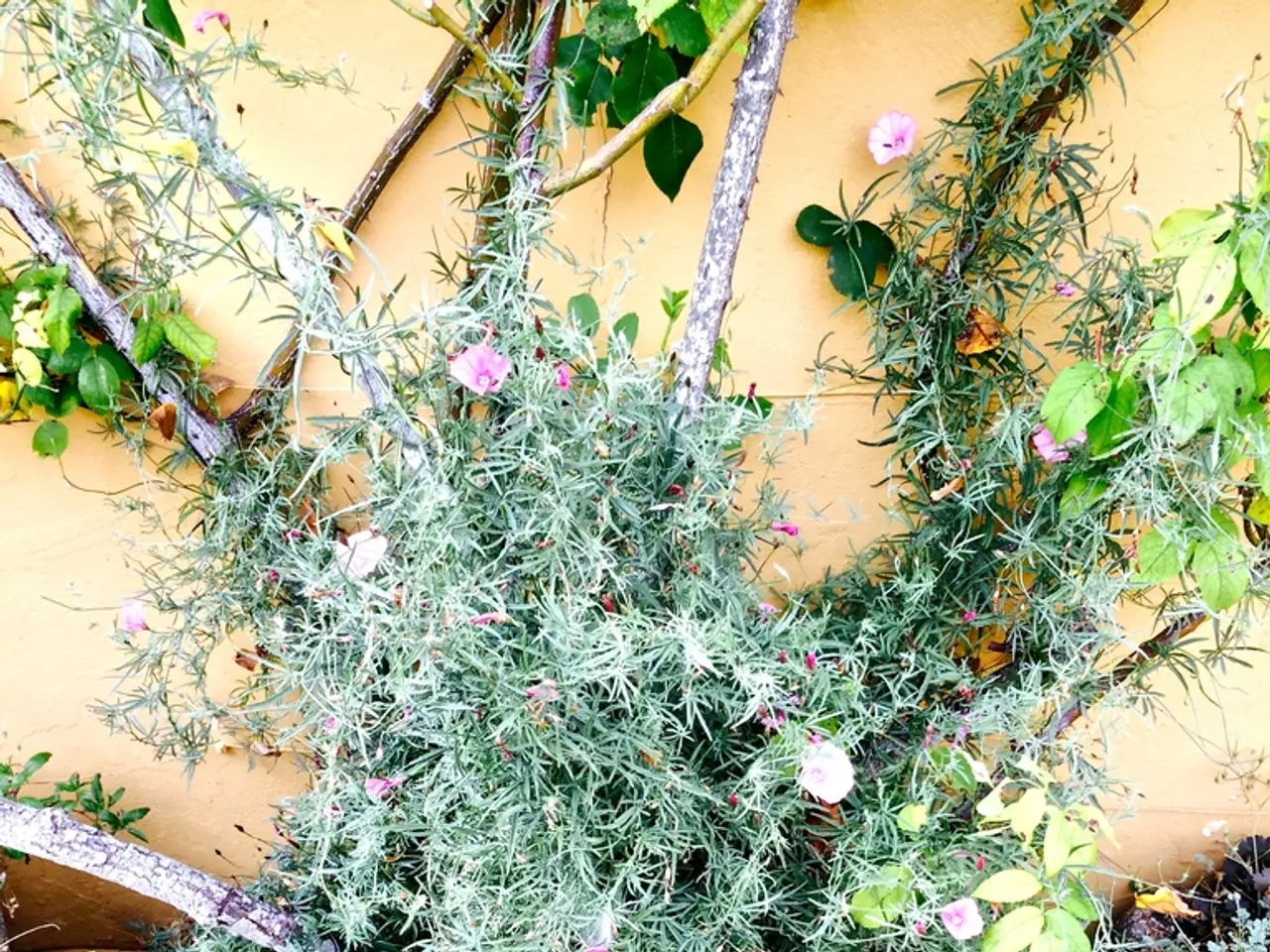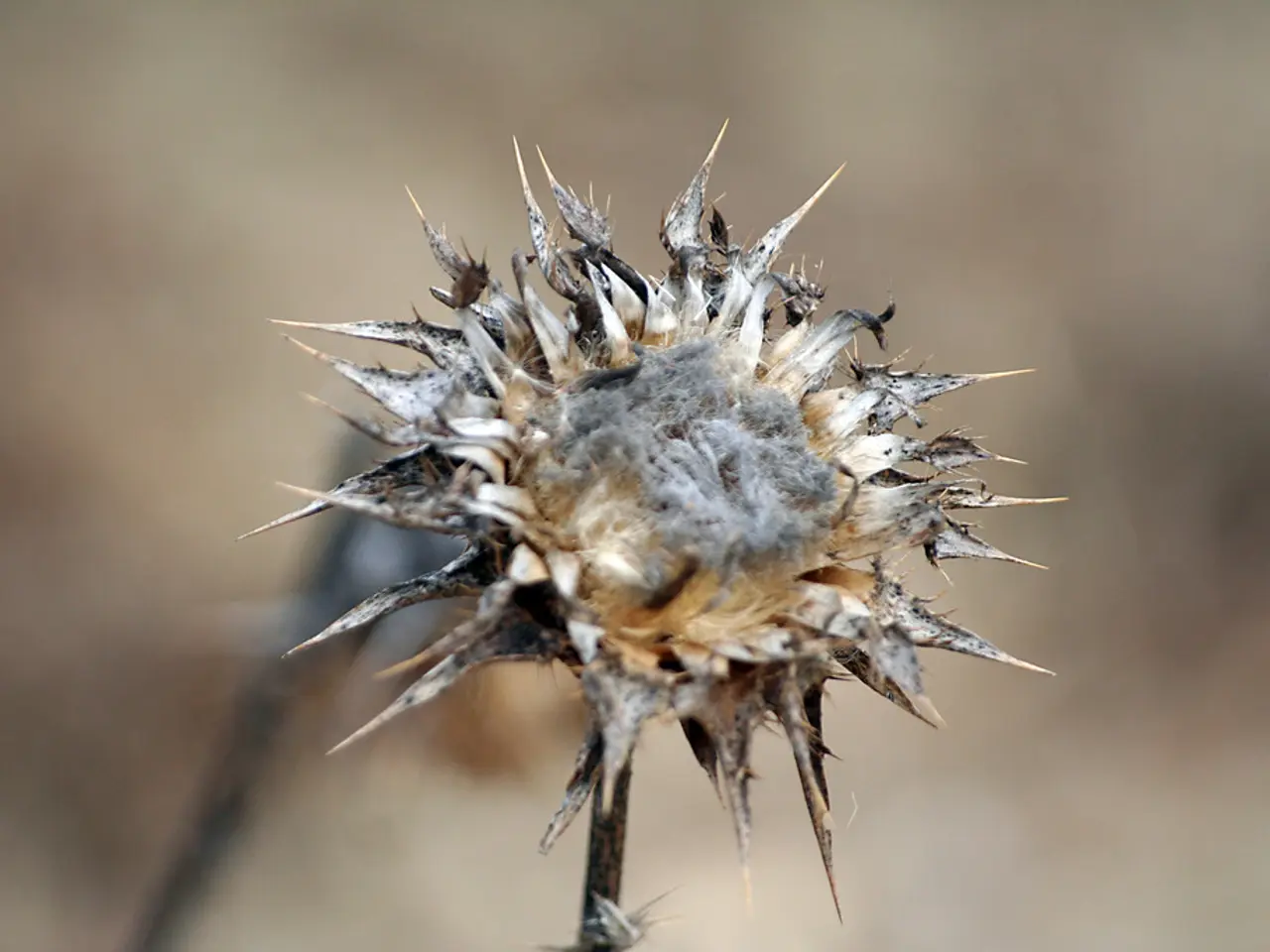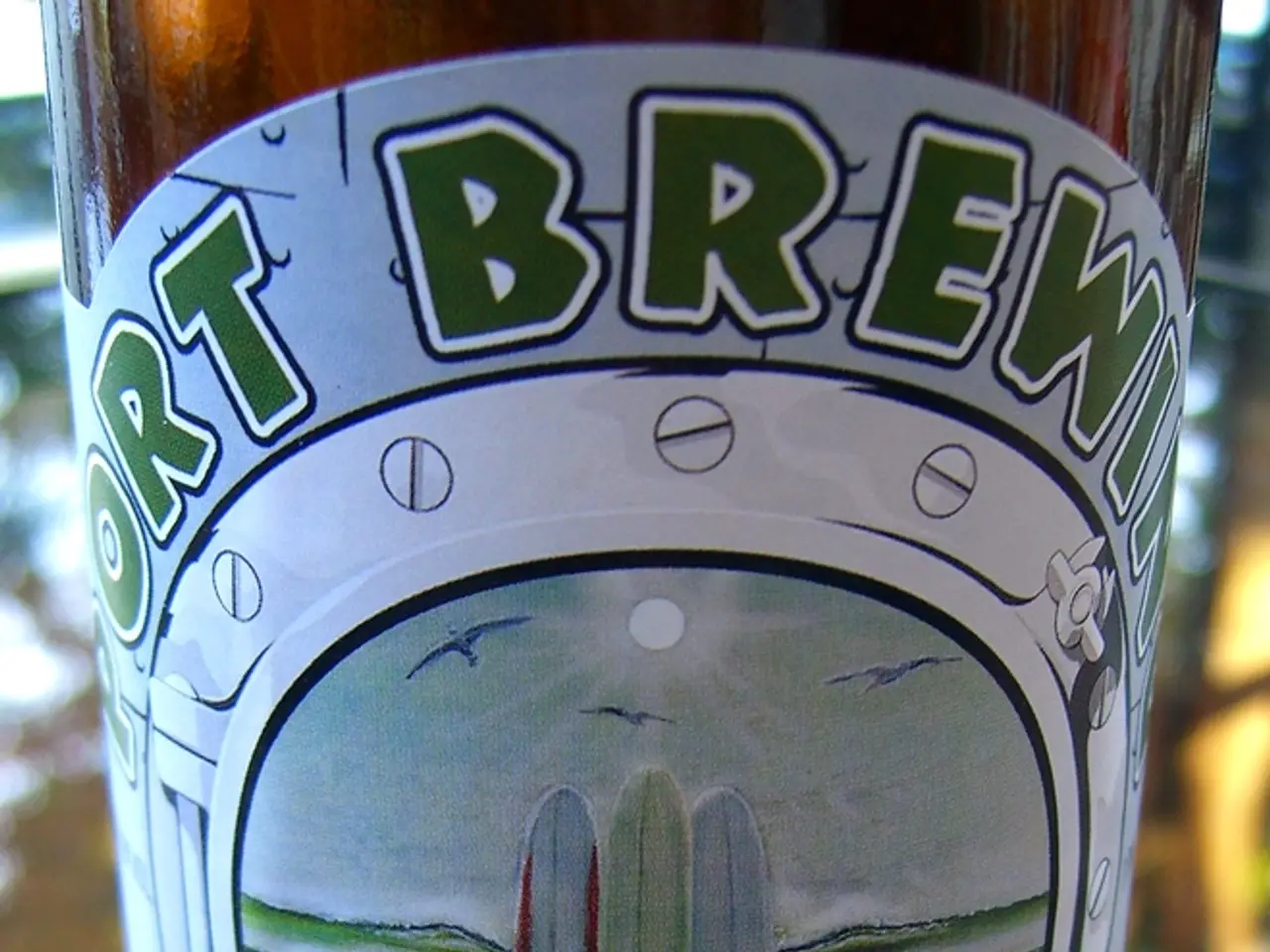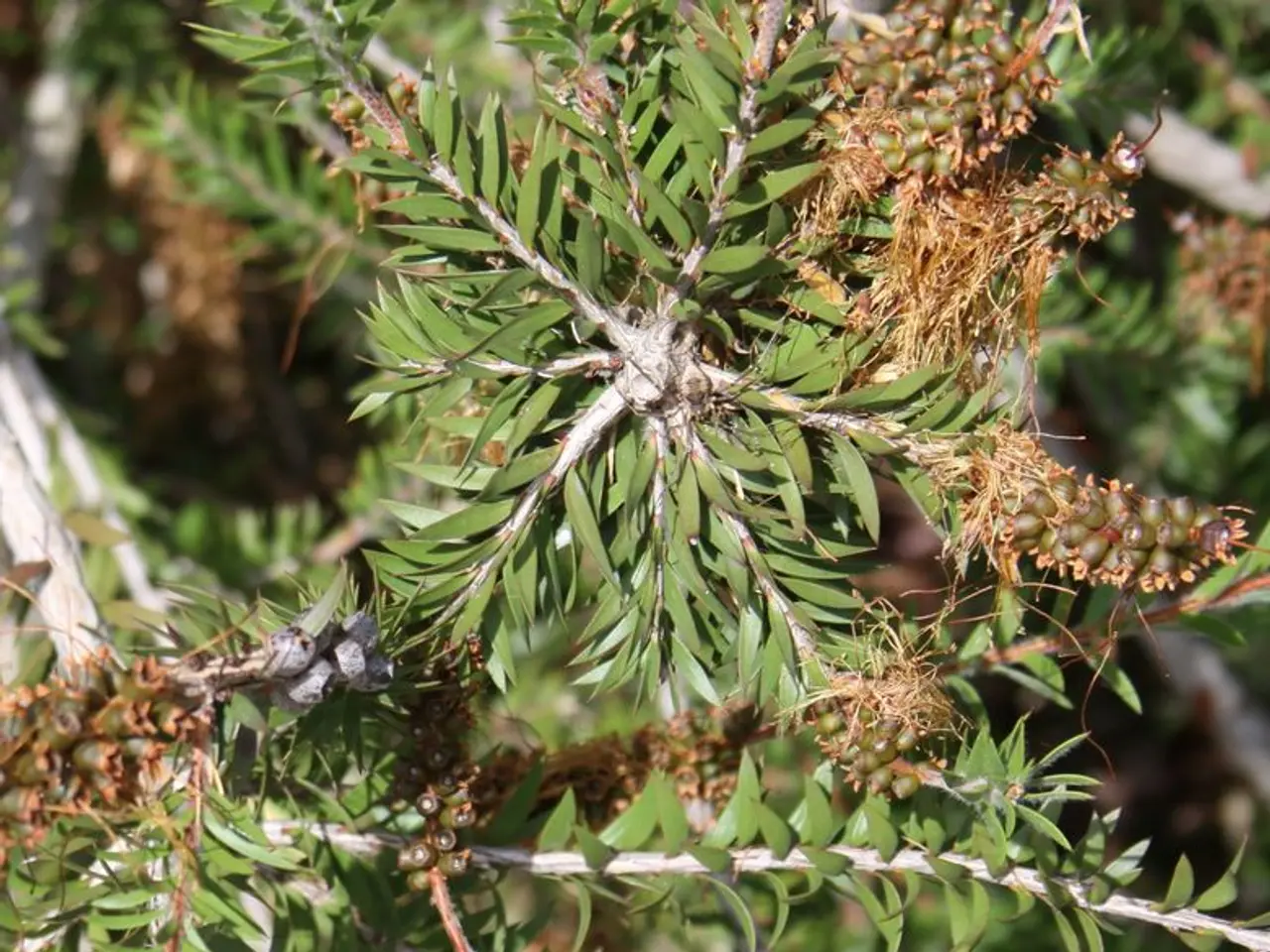Houseplant Pests: 19 Unnoticed Varieties and Their Eradication Strategies!
Hey there, plant lover!
Welcome to our guide on the not-so-visible enemies of your lovely houseplants. These intruders thrive in the sometimes neglected corners and crevices of your leafy friends, causing problems only when it's too late. But don't worry, we've got you covered!
Sneaky Invaders
Here are some of the most common foes lurking in disguise:
- Spider Mites: These tiny explorers (doesn't even reach 1mm) love to reside on the undersides of your leaves, leaving a fine web and yellow spots or bronzing. If unchecked, these critters can cause a leaf drop – a real bummer for you and your plants!
- Fungus Gnats: They're like mini-mosquitoes, hovering above the soil surface, and their larvae are the real culprits. They cause problems by feeding on organic material and plant roots. Overwatering is their dream scenario!
- Mealybugs: These pests look like tiny cotton balls and can be found hidden in leaf joints or under leaves. They suck sap from the plant causing yellowing, curling, and stunted growth. A sticky residue called honeydew, which mold loves, is their calling card.
- Scale Insects: Observe small, brown or tan bumps on your stems and leaves? You might have a scale infestation. These fellows usually don't move, but they weaken your plants over time and can generate honeydew, leading to mold problems.
- Aphids: Watch out for these tiny, soft-bodied insects. They can be green, black, yellow, or red, and they cluster on new growth. They suck sap from the plant, which can cause curling, wilting, or stunted growth, and they produce honeydew too.
- Whiteflies: These tiny white, flying insects that look like small moths live on the undersides of leaves. They consume plant sap and can cause leaves to yellow, wilt or drop while leaving behind honeydew.
- Thrips: Thrips are tiny, slender pests that feed on plant cells by scraping and sucking. They leave silver streaks, browning, or distorted leaves and flowers, and sometimes, they even spread plant viruses.
- Root Aphids: These are similar to typical aphids but live underground. They're hard to spot until damage becomes visible, such as weak plants, yellowing leaves, or no growth.
- Broad Mites: These near-microscopic nasties feast on new growth, causing leaves to twist, bubble, or become discolored. Flowers may deform or fail to open, so watch out for this unseen trouble-maker!
- Soil Mites: These tiny arthropods reside in your potting soil and are usually harmless as they help break down organic matter. However, in extreme cases, they can feed on plant roots.
- Springtails: These tiny, white or gray insects hop around in moist soil. In small numbers, they're usually harmless to plants, but large numbers may indicate overly wet conditions, which could lead to root rot.
- Leaf Miners: The larvae of certain insects live inside leaves and tunnel through them, creating winding, white, or yellow trails on the leaf surface. Some species prefer flower buds, leading to poor blooming or wilting.
- Gall Midges: These small flies create swollen bumps or distorted growth on plant tissues. Some species target flower buds, causing issues with blooming.
- Slugs: Thought slugs are more common outdoors, they can occasionally find their way inside your home and hide in your container plants. They feed at night and leave large holes in leaves and shiny slime trails.
- Ants: Ants can be a tricky problem as they don't directly harm your plants. However, they do farm pests like aphids and scale insects for honeydew, which isn't great for your plants.
- Caterpillars: Sometimes you'll find these little chewing machines on your indoor herbs and greens, especially when they've been brought in from outside. They devour the leaves and can defoliate a plant quickly.
- Earwigs: Dark brown, pincher-tailed insects that hide in crevices can find their way indoors, especially in humid or greenhouse-like environments. They feed on plant tissue or pollen, causing jagged holes in leaves and flowers.
- Root Knot Nematodes: These microscopic worms infect plant roots, causing galls or knots. These growths interfere with water and nutrient uptake, leading to yellowing and slow growth.
- Booklice: These tiny insects thrive in warm, damp environments, often found in humid potting soil. They feed on mold and fungi, but they don't harm plants directly. Instead, they signal poor growing conditions.
So, there you have it! Know your enemies and with some vigilance and a few easy methods, you can keep these pests at bay, ensuring your plants remain happy and healthy. Check out our tips on how to control these critters effectively.
To protect your beloved houseplants and maintain a harmony between your home-and-garden and lifestyle, it's important to be aware of garden-dwelling pests that occasionally migrate indoors. garden-friendly practices such as proper watering, good ventilation, and regular inspections can help deter or manage intruders like Spider Mites, Fungus Gnats, Mealybugs, and more. Establishing a conscious lifestyle in gardens, both inside and out, encourages vigorous, thriving greenery and a serene living space.

